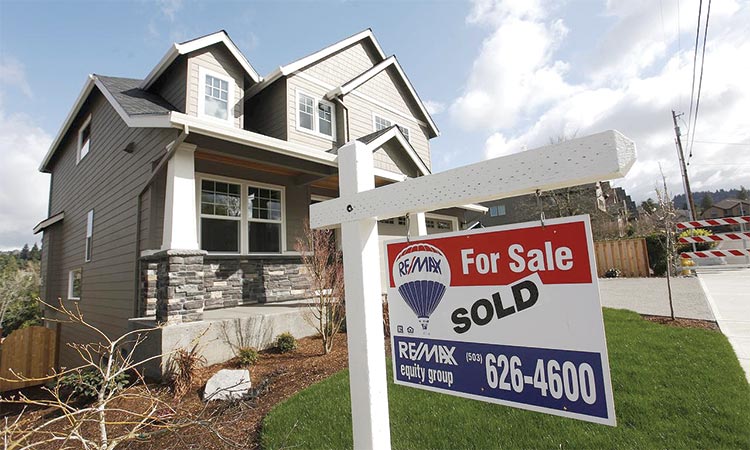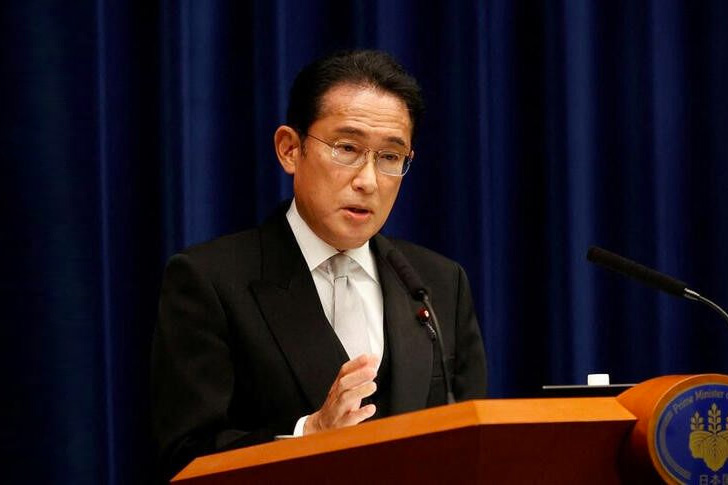Housing, rent key issues in inflation fight

Representational image.
US Federal Reserve officials say they are confident housing inflation will finally cool in coming months, a key and long-awaited component of their effort to control overall price increases and secure their turn to interest rate cuts.
The real challenge on that front, however, may be just over the horizon when a pipeline of new apartments starts to run dry while the stock of single-family homes remains short, a recipe for future price pressure in a category accounting for about a third of the Consumer Price Index.
Though their 2% inflation target uses an index that is less sensitive to shelter costs, Fed officials still see housing and rent dynamics as an important, unresolved part of their inflation battle, one that could highlight one of the inherent tensions in today’s tight-credit policy stance. Fed officials acknowledge the difficulty of finding a rate setting that keeps overall demand in check without choking off the supply of new homes and apartments, but some argue that policymakers already have leaned against the economy too hard.
“You think you can snap your fingers and housing can be created...The reality is that is not the case,” said Jay Lybik, national director of multifamily analytics for real estate data firm CoStar, according to Reuters.
Housing affordability concerns intensified during the pandemic, with median home prices jumping 50% from its onset through the end of 2022 – though they have since eased – and apartment construction tilted towards higher-end units. Members of Congress have called on the Fed to cut rates both to bring down mortgage costs for consumers and encourage construction; states are toying with rent-control measures and programmes to boost supply.
Housing markets vary widely across the country, shaped by local zoning rules, politics and land prices. Still, financing costs heavily influenced by the Fed are key to the investment decisions being made today that will determine future housing supply, the Reuters report adds. A surprise jump in CPI last month was largely driven by shelter costs still rising by 6% year-over-year versus 4% typically seen before the pandemic when overall inflation was near or below the Fed’s target.
Rent measures assembled in closer to real time aiming to capture current market prices instead of the slow-moving averages in official data indicate price increases have been slowing. For example, an index from online real estate firm Zillow closely watched by Fed officials was rising at a 3.4% annual rate as of January.
Shelter inflation peaked at an 8.32% annual rate in March 2023, the fastest since the early 1980s. The median home price surged nearly 50% from $322,000 in 2020’s second quarter as the pandemic began to a peak of $479,000 at the end of 2022, Census data shows, the fastest run-up since the early 1960s.
The median price has since edged back to $417,000, a side effect of Fed rate hikes that at one point pushed the average interest rate on a 30-year home mortgage to nearly 8%, the highest in a quarter century. But some indexes of more recent home sales show prices rising again, leaving Fed officials hunting for data on home sales and construction to show evidence that demand and supply might move toward better balance.
EY Chief Economist Gregory Daco said shelter inflation’s near-term path was clear. It is headed down, and could over the next couple of months make a substantial contribution to lower headline inflation, a fact he argues is so clear he feels “increasingly frustrated” by the Fed’s reluctance to act on it.
Next year, he said, is another story.
“Rent inflation has slowed quite tremendously. That has yet to appear fully” in the data the Fed watches most closely, he said. “Fast forward another six to 12 months...and it may actually move in the other direction...That’s where the lack of supply comes in.”







